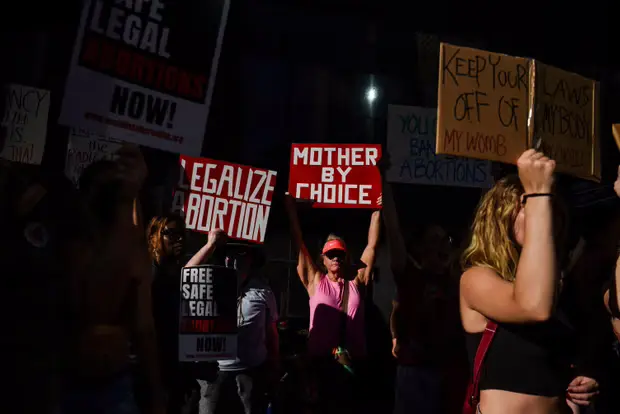Central as well as many state governments have been trying to give a big push to adoption of electric vehicles in the country. The Faster Adoption and Manufacturing of Electric Vehicles in India (FAME-II) scheme has been a big step in that direction. Under the scheme, an outlay of Rs 10,000 Crore for a period of 3 years commencing from 1 April 2019 has been earmarked which will help increase the sales of electric vehicles in the country. As of now a total of 35,694 vehicles have been sold under the scheme which has resulted in saving 36,778 litres of fuel everyday and daily reduction of 83,701 kg of harmful CO2. But another critical point is where all these electric vehicles can be charged. One of the answers was provided by the Union Minister of Road Transport and Highways & MSME, Nitin Gadkari, earlier this week.
Addressing a virtual conference on electric mobility, Gadkari said that at least one electric vehicle charging kiosk will be set up at around 69,000 petrol pumps across the country. He said that the government is trying to create an ecosystem to accelerate the uptake of electric vehicles in the country and asked the auto industry to come together to work jointly towards achieving a broader national agenda of reducing pollution. He elaborated a number of steps that the government has already taken to promote electric vehicles which include reduction in GST to 5% and allowing delinking of battery cost of 2 and 3 wheelers from vehicle cost as it accounts for nearly 30% of the cost.
The minister, known for his passion for clean mobility, also stressed that India is poised to become a global automobile manufacturing hub in next 5 years, adding that the aim is to create core global competencies in India by facilitating seamless integration of the automotive industry with the world. This, he felt, is possible as the Indian Auto sector has made significant strides in terms of development of different designs and models, robust R&D, huge market, stable government frame-work and bright & young engineering minds. Considering the huge potential of the sector, the government has earmarked over Rs 51,000 crore for this sector under Production-Linked Incentive (PLI), the highest amongst the 10 champion sectors.
He also stated that there is a huge requirement of about 25 million skilled jobs in the automobile sector in near future. He added India already is the largest manufacturer of two-wheelers in the world. Gadkari further called upon the automobile industry to push for manufacturing flex engines which have versatility to use petrol or ethanol/CNG as fuels. He stressed that the Indian auto industry needs to follow the example of Brazil and US Auto sectors in this regard. He exuded confidence that the industry would utilise the opportunity being thrown up by the alternative and less polluting fuels like CNG, hydrogen, electricity.
In a related development, foundation stone has been laid for the first country’s 50 (Liquefied Natural Gas) LNG fueling stations, across the golden quadrilateral and major National Highways. Out of these 50 LNG stations, IOCL will set up 20 LNG stations, while BPCL and HPCL will set up 11 each LNG stations. According to the Government, it has identified LNG as a transport fuel as a priority area considering the potential of manifold benefits in terms of reducing vehicular pollution, saving in terms of import bill of the country and wide ranging benefits that may accrue to fleet operators, vehicle manufacturers and other entities in the gas sector.
Dharmendra Pradhan, Minister of Petroleum & Natural Gas and Steel, said that a well-thought strategy is being implemented to take the country towards the gas-based economy. In this regard, gas infrastructure is being set up, in terms of laying of pipelines, setting up of terminals, enhancing gas production, introduction of simple and rational tax structure. He said that LNG is going to be the fuel of the future for transport, and in this regard, retro-fitting of the vehicles as well as development by original equipment manufacturers is being undertaken. The Minister said that the LNG is not only almost 40 % cheaper than diesel but also causes very less pollution.
He said that the government will set up LNG stations at the distance of 200-300 km on golden quadrilateral, and within 3 years, we will have 1,000 LNG stations on all major roads, industrial hubs and mining areas. He expressed confidence that 10% of the trucks will adopt LNG as fuel. The government says it will continue to promote CNG vehicles, electric vehicles, auto-LPG, but at the same time, LNG as long-haul fuel will be pushed.






















